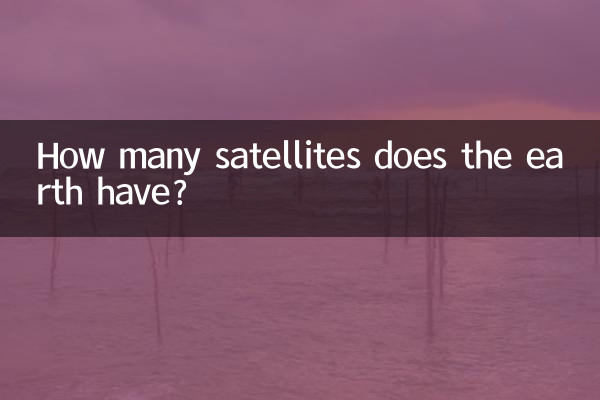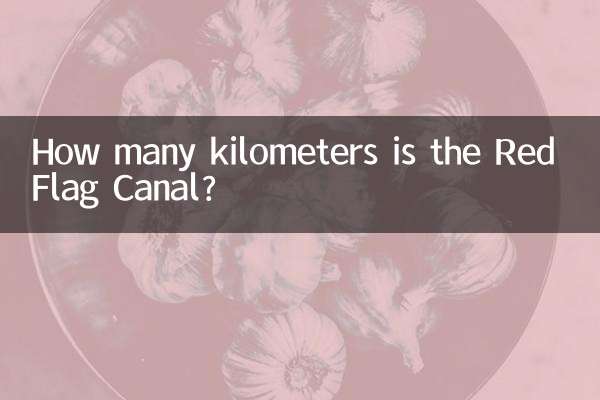How many satellites does the earth have?
In the vast universe, how many satellites does the earth, our homeland, have? This question seems simple, but it has triggered extensive discussions in the scientific community. This article will combine hot topics and hot content in the past 10 days to provide you with a detailed analysis of the number of satellites on the earth and related scientific discoveries.
1. Traditional knowledge: The moon is the earth’s only natural satellite

For a long time, the moon was considered Earth's only natural satellite. Here are some basic data about the moon:
| parameter | numerical value |
|---|---|
| diameter | 3,474 kilometers |
| average distance from earth | 384,400 kilometers |
| orbital period | 27.3 days |
| surface temperature | -173°C to 127°C |
2. New discoveries: quasi-satellites and temporary satellites
In recent years, astronomers have discovered a number of small celestial bodies called "quasi-satellites" or "temporary satellites". The following are several Earth satellite candidates that have been hotly discussed in the past 10 days:
| name | type | discovery time | orbital period |
|---|---|---|---|
| 2023 FW13 | quasi-satellite | 2023 | About 365 years |
| 2020 CD3 | temporary satellite | 2020 | About 2.7 years |
| 2006RH120 | temporary satellite | 2006 | about 1 year |
| 3753 Cruithne | co-orbital objects | 1986 | about 1 year |
3. The number of artificial satellites has increased sharply.
In addition to natural satellites, there are a large number of artificial satellites in Earth orbit. According to the latest statistics:
| years | Total number of satellites in orbit | Number of active satellites | Main operating countries/companies |
|---|---|---|---|
| 2020 | About 3,300 pieces | About 2,900 pieces | United States, China, Russia |
| 2023 | About 7,500 pieces | About 6,500 pieces | SpaceX (Starlink), China, United States |
| Expected 2025 | More than 10,000 pieces | About 9,000 pieces | SpaceX, OneWeb, China |
4. The latest controversies in science
Topics hotly discussed in the scientific community in the past 10 days include:
• How to define "satellite"? Should temporarily captured asteroids be included in the statistics?
• Should the growing amount of space junk be classified as "non-functional satellites"?
• The impact of large-scale deployment of satellite constellations by companies such as SpaceX on astronomical observations.
5. Future prospects
With the advancement of observation technology, scientists predict:
• More of Earth’s temporary satellites may be discovered
• The number of satellites will continue to grow rapidly
• The international community will formulate stricter satellite management rules
• Space junk cleaning technology will become a new research hotspot
in conclusion
Strictly speaking, the earth has only one natural satellite - the moon. But if quasi-satellites, temporary satellites and artificial satellites are included, the number of "satellites" on the earth may reach thousands. This number is still changing, reflecting mankind's deepening understanding of the universe and the increasing frequency of space activities.
With the advancement of science and technology, we may have a more comprehensive and in-depth understanding of the question "how many satellites are there on the earth" in the future. This is not only an astronomical issue, but also involves many fields such as space policy, international law and environmental protection, and deserves our continued attention.

check the details

check the details